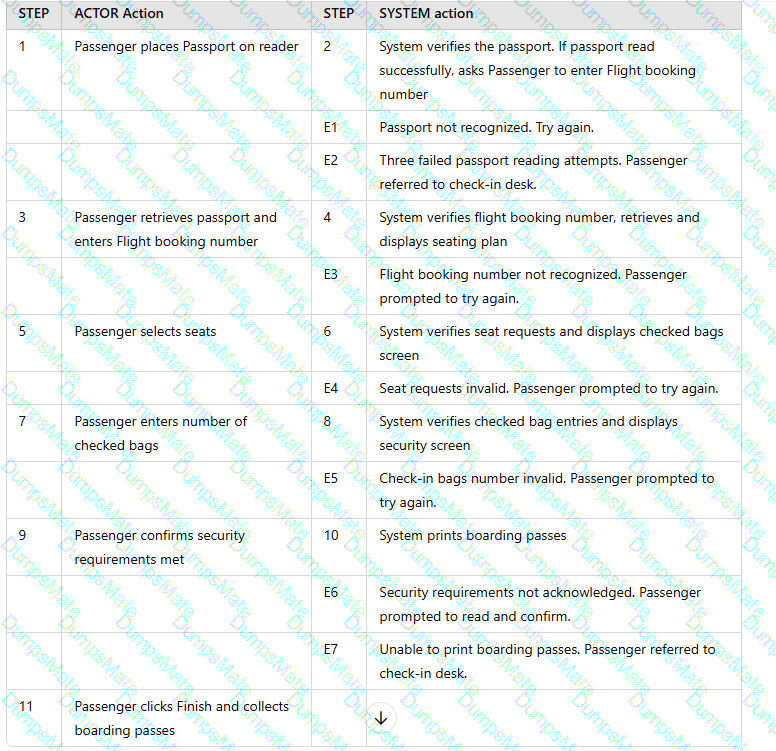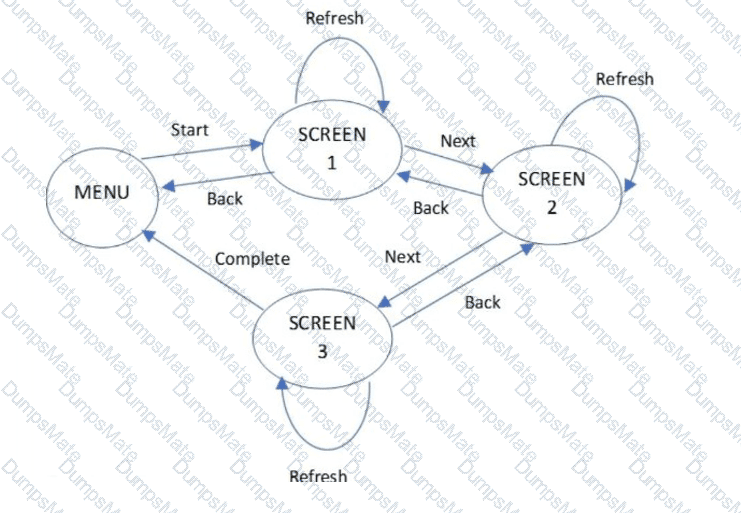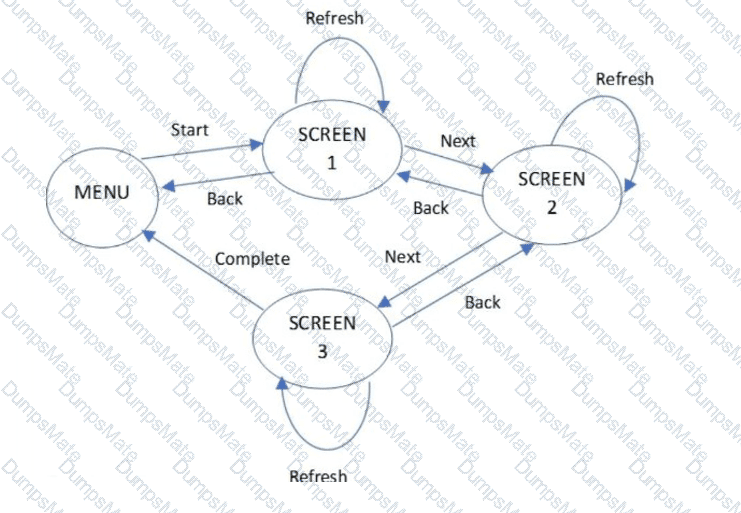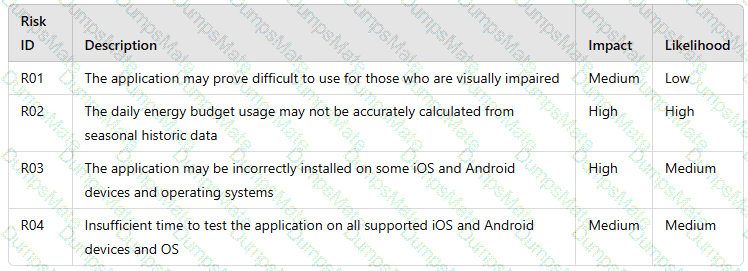You work for a company that is a pioneer in smart energy technology. One of their core products is their energy monitor in-home display device, used to display current and historic energy consumption data to many thousands of customers. It has been designed to integrate with their other smart home products, including domestic lighting control systems via their HomeHub.
The company is to launch a new application for smartphones and tablets that will allow its customers to view their energy readings remotely and to view their daily budget usage based on seasonal historic data. The application must also support customers with disabilities.
The application is being delivered using a hybrid mix of agile and V-model methodologies over three iterations:
Iteration 1:Development of the new application to work on the IOS operating system only
Iteration 2:Enhancement to the application to also work on the Android operating system
Iteration 3:Enhancement to the application to provide daily budget usage
The test manager has provided you with a list of high-level test conditions and has asked you, as Test Analyst, to select the test conditions that address functional suitability, portability, usability, and accessibility for Iteration 1 only. Which TWO of the following test conditions should you select?
a) The application will accept voice recognition commands made via IOS devices
b) The application is both learnable and operable for customers when used on Android devices
c) There is no loss or corruption of data transmitted between the energy monitor and other smart-home products
d) The daily budget usage is accurately calculated from seasonal historic data running on Android
e) The application can be installed on all currently supported versions of IOS for all supported smartphones and tablets
SELECT ONE OPTION:









